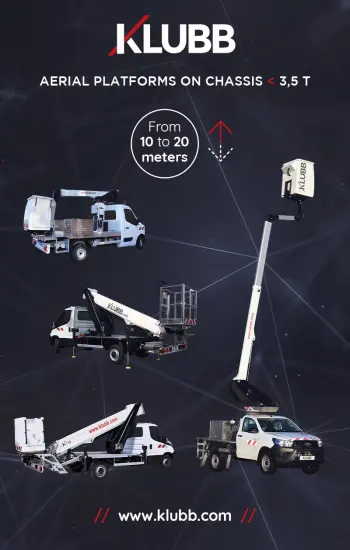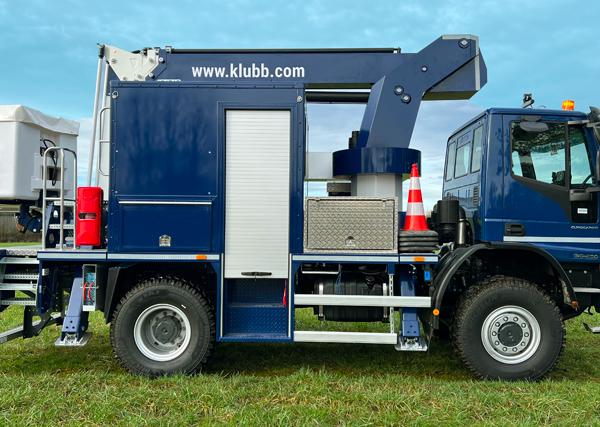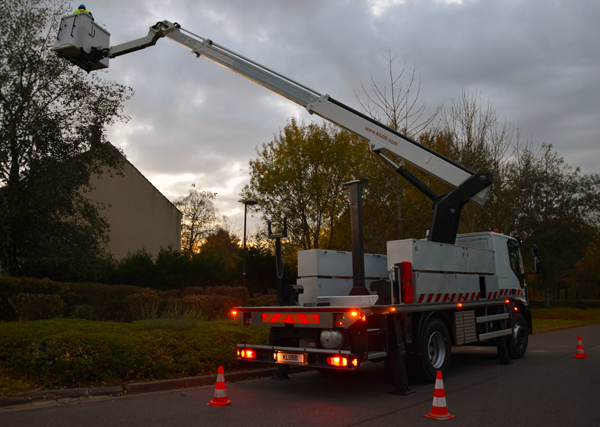
When operators use an aerial work platform to perform tasks at height, they are exposed to crushing hazards. To mitigate these risks, it is highly recommended to engage in thorough operational planning.
Define the Scope of Work and Necessary Resources
Pre-planning operations is very important before working at height with an aerial work platform. Clearly identifying the tasks and the required equipment helps to minimise unforeseen events and ensures that all materials are adequate and available.
Assess Trapping Hazards
A preliminary risk assessment is essential. Identifying potential dangers such as heavy materials and moving parts allows for the implementation of specific preventive measures.
Select Appropriate Equipment
Choosing the right aerial work platform is a critical step. Using an aerial work platform that is suited to the specific conditions of the site can significantly reduce risks. It is important to carefully consider its dimensions and manoeuvrability in the working position.
Prepare the Ground
The stability of the aerial work platform largely depends on ground preparation. A well-maintained and suitable ground surface reduces the risks of crushing, tipping, or improper handling of the aerial work platform.
Identify Required Competencies
The training and skills of the operators are fundamental. Ensuring that all personnel have sufficient competency to perform their tasks helps to prevent human errors, which are often the cause of accidents.
Develop Intervention and Rescue Plans
Emergency intervention plans are essential for a rapid response in the event of an incident. Every minute counts during an accident, and having clear and pre-tested procedures can save lives.
By following these recommendations, operators can safely use their aerial work platforms, thereby minimising the risk of crushing hazards.




